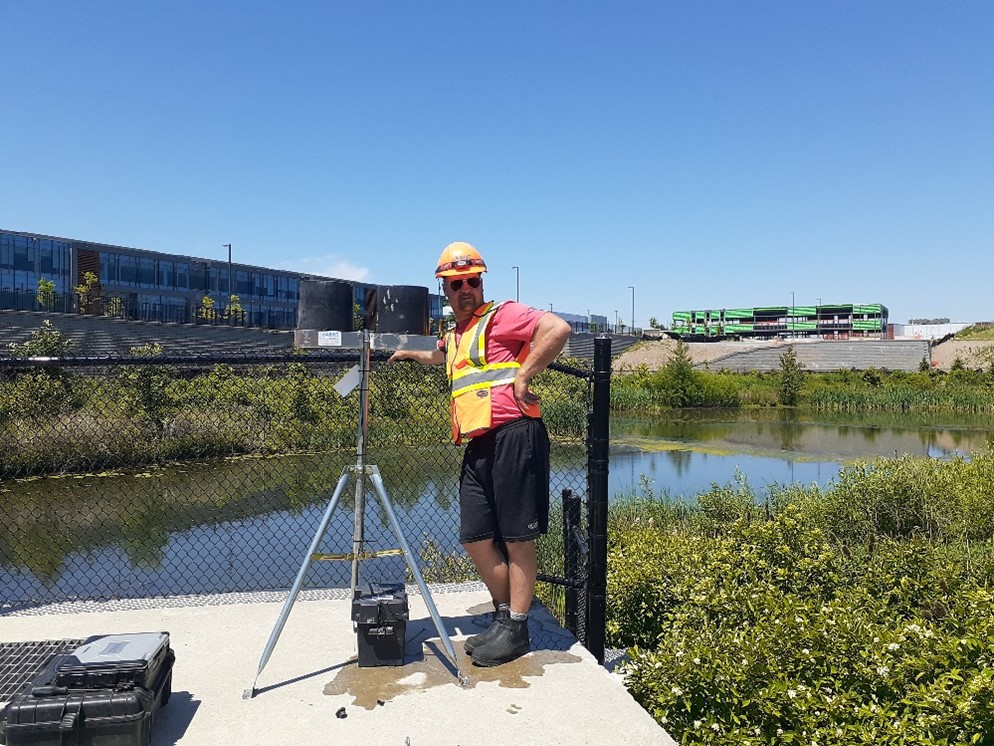Shawn Jensen – Environmental Flow Technician
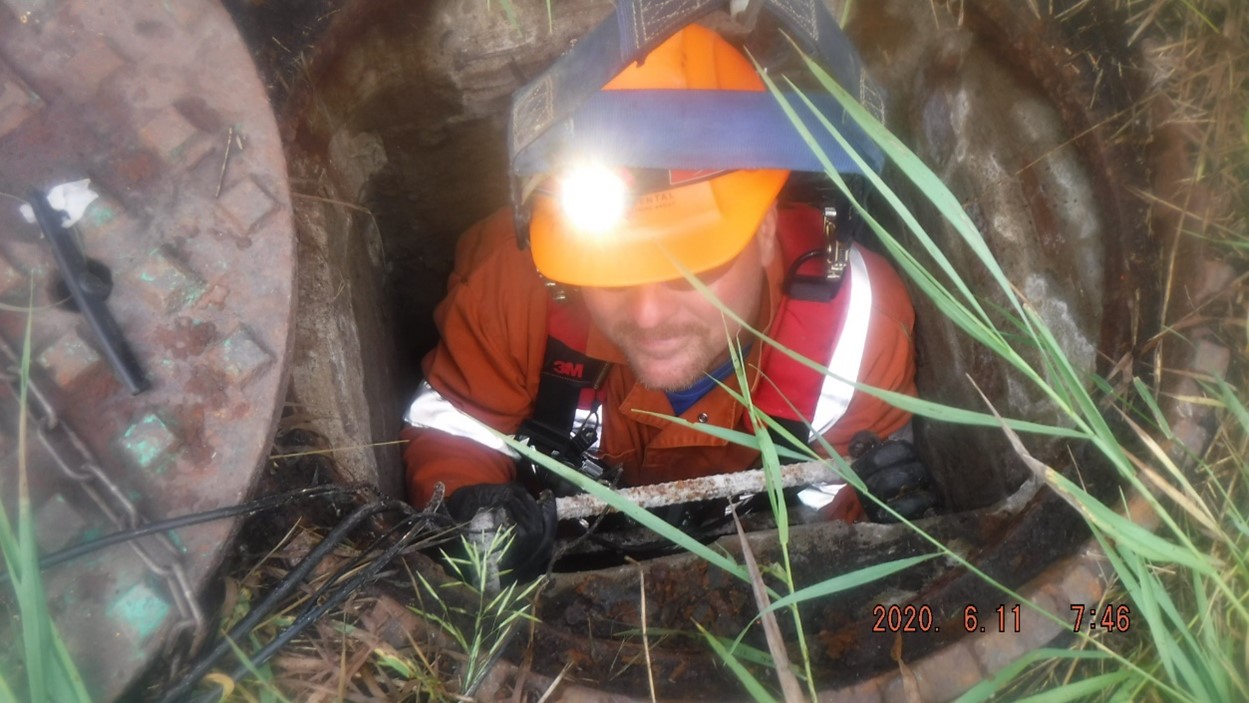
Who was my co-op with?
I did my Earth Resource Technician (ERT, now Geological Technician) co-op with AMG Environmental Monitoring. My six-month co-op at AMG began on May 10th. AMG Environmental provides flow monitoring services for storm sewers, sanitary sewers and rivers. AMG also offers fire hydrant testing, smoke testing, rain gage monitoring, and water testing services. AMG has three offices located in Halifax, Nova Scotia; Mississauga, Ontario and Barrie, Ontario. The bulk of AMG Ontario’s work is municipality based spanning Niagara to Sudbury with some private sector monitoring in between.
How does AMG monitor flow?
AMG monitors flow in sewers by use of live feed flow monitoring equipment. The flow monitoring equipment includes a monitor that sends/receives and collects data, sensors that measure velocity of the flow and sensors that measure the depth of flow. With the two types of sensors, a volume of flow can be calculated and tracked in real-time for the client. The monitoring equipment is installed and maintained by AMG for their clients.
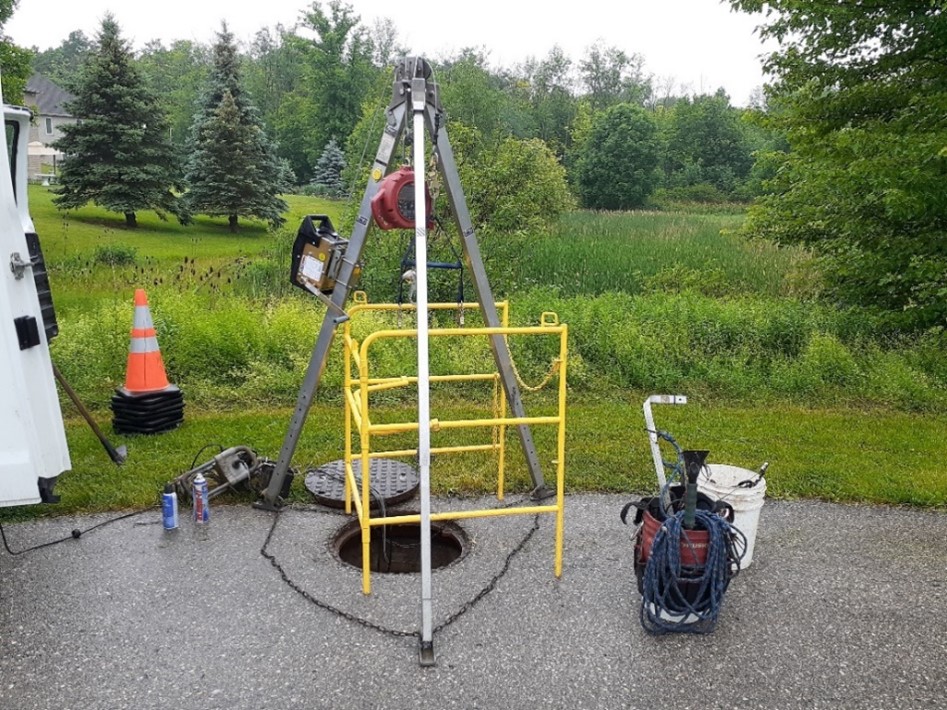
What was my position and responsibilities at AMG?
AMG has eight field crews that install and maintain the flow monitoring equipment and each crew is composed of a level one Environmental Flow Technician and a level two Environmental Flow Technician. The level one technician works up-top of the sewer, monitoring the safety outside the manhole, programming and sending/receiving data for Data Analysts who oversee the sites in each region.
I was hired as a level two technician, and my responsibilities involved donning all required PPE and performing entries for each site installing equipment, calibrating sensors, fixing equipment, noting and resolving issues such as sensor fouling. The sensors accuracy drifts over time and verifications must be made frequently to ensure accurate data collection. Also, sensor fouling happens frequently. Fouling of the sensors is usually due to “ragging” or “silt”. “Ragging” is comprised mainly of towels, toilet paper, paper towel, wipes, sanitary napkins, condoms, feces, and food. “Silt” is a result of sewer deterioration, road sand infiltration, and infiltration from surround soils throughout the distribution system. “Silt” can be more accurately described as sand, gravel of varying sizes, and CORN. “Silt depth” is always measured as it effects the sensor’s performance. “Silt equations” are used to compensate for the silt occurrence for calculating flow. In some cases, bricks, driftwood and rocks are also the cause of sensor fouls. I also installed rain gages atop roofs for monitoring precipitation. Rain gages are composed of collection buckets that directed precipitation into tipping cups. Monitors record the number of tips and a volume is calculated over time. My miscellaneous responsibilities involved inventorying equipment, restocking supplies, and sanitizing the work van along with all tools and equipment used at the end of each shift.
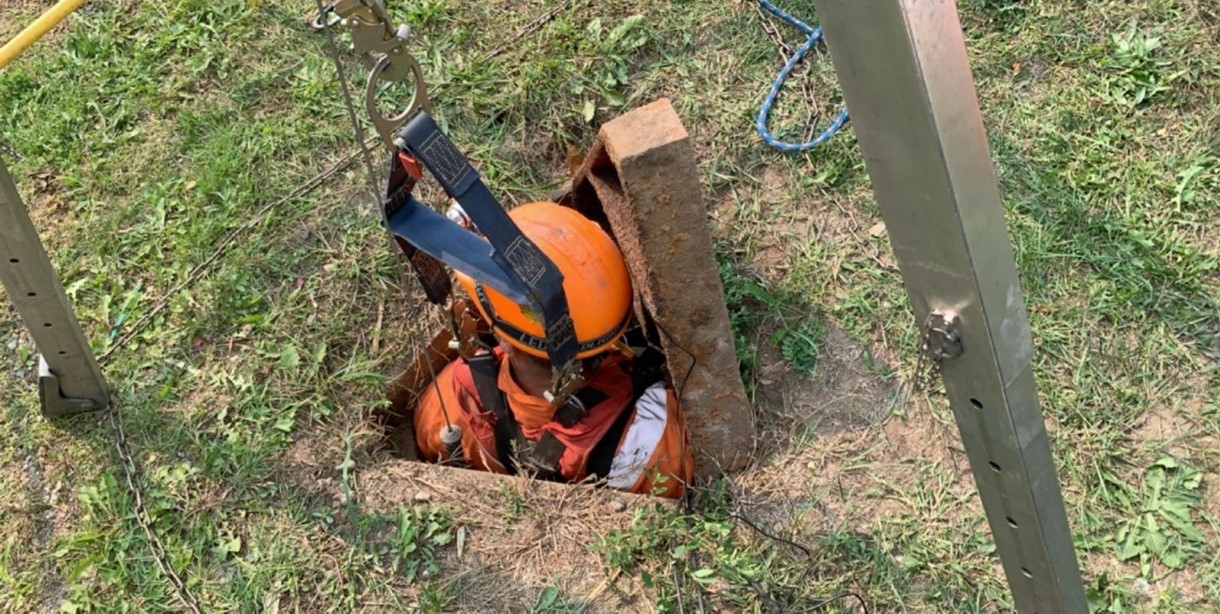

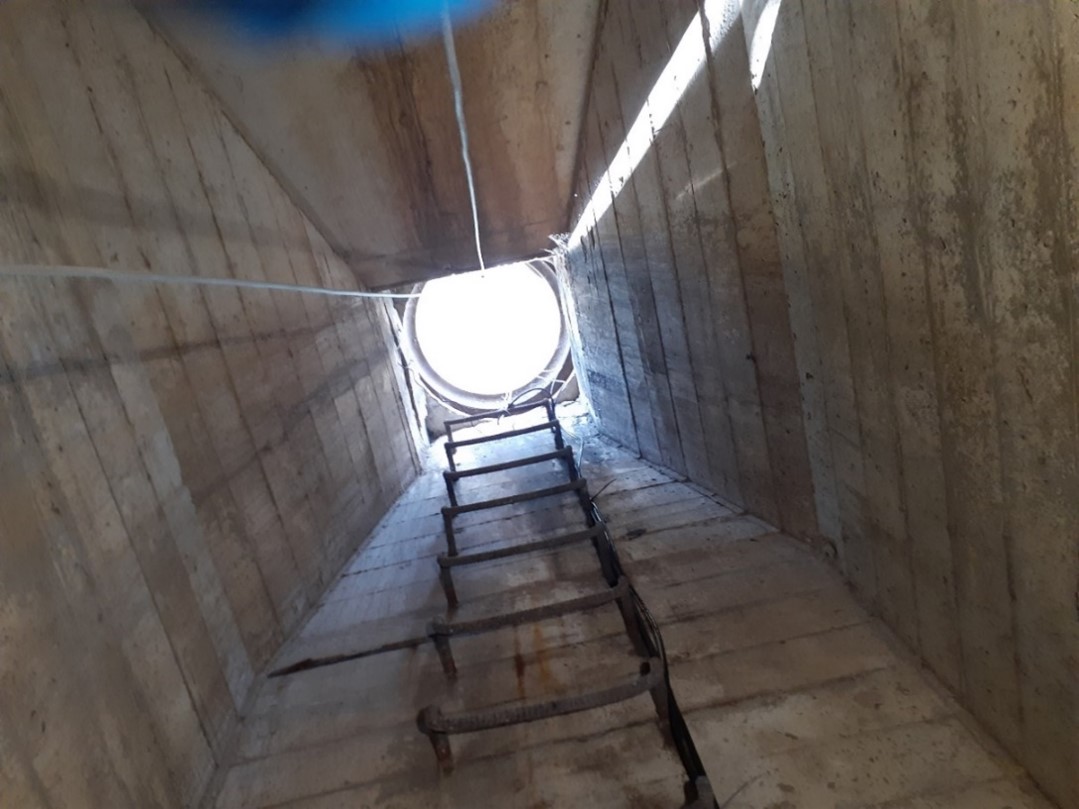
What training is required for a level two Environmental Flow Technician?
The training for a level two technician that AMG provided included onsite and offsite training programs. On-site training programs included 40 hours of computer aided module training on working at heights, confined space awareness, traffic control, workplace violence and harassment, health and safety awareness, first aid, personal protective equipment (PPE) and WHMIS training. Off-site training included: a one-day course on working at heights training, a one-day course on confined space training, and a one-day course on level two first aid training. Following the completion of my safety training, I was supervised for one week on performing entries to sites to ensure that I was comfortable and competent with the level two technician job and responsibilities. Also, because of the biohazardous nature of the job, on-top of my training, I received vaccinations and boosters for Tetanus, Hepatitis A and B, and Typhoid fever.
What a normal workday looked like.
I was required to work 10.5 hours per day, Monday to Thursday, and a normal workday as a level two technician began with my alarm going off at 3:45 am. I live far from the Mississauga shop and had to commute a total of four hours per day. It should be noted that some “early morning sites” that I serviced, required me to get up at 1:00 am. These sites had to be serviced outside regular hours due to high traffic conditions or high flow (> 1m deep) later in the day. Once arriving at the shop for a 6:00 am start time, I would begin my check lists which included a vehicle safety checklist and an equipment checklist. My level one technician partner would print out the work orders for the day and all required permits. It usually would take around 30-45 mins to prepare the work van each morning. Upon arrival at the first site, traffic controls would be setup, which included signage and safety cones with some sites requiring a flagging crew. Each work order provided the traffic control setup required to perform the work needed. Once all traffic controls were in place, all PPE would be set up including a tripod with a winch, retractable lifeline, and safety cage. I would go through another safety checklist ensuring all PPE equipment is in good-condition and functioning correctly while my partner performed a pre-site hazard assessment. Once the PPE checklist is completed, a gas detector would be lowered into the sewer to check for hazardous gases such as combustible gasses, hydrogen sulfide, carbon monoxide, carbon dioxide and oxygen poor/rich environments. If gases were detected or insufficient oxygen was present, a blower would be set up to ventilate the sewer until gases were within the safe limits. Entries would be completed throughout the day using various traffic control setups and safety assessments would be completed before each entry. At the end of the day, equipment removed would be tagged to be repaired and the van would be restocked with equipment, as well as, be fully sanitized. An Equipment Checklist was also completed daily to ensure proper restocking.
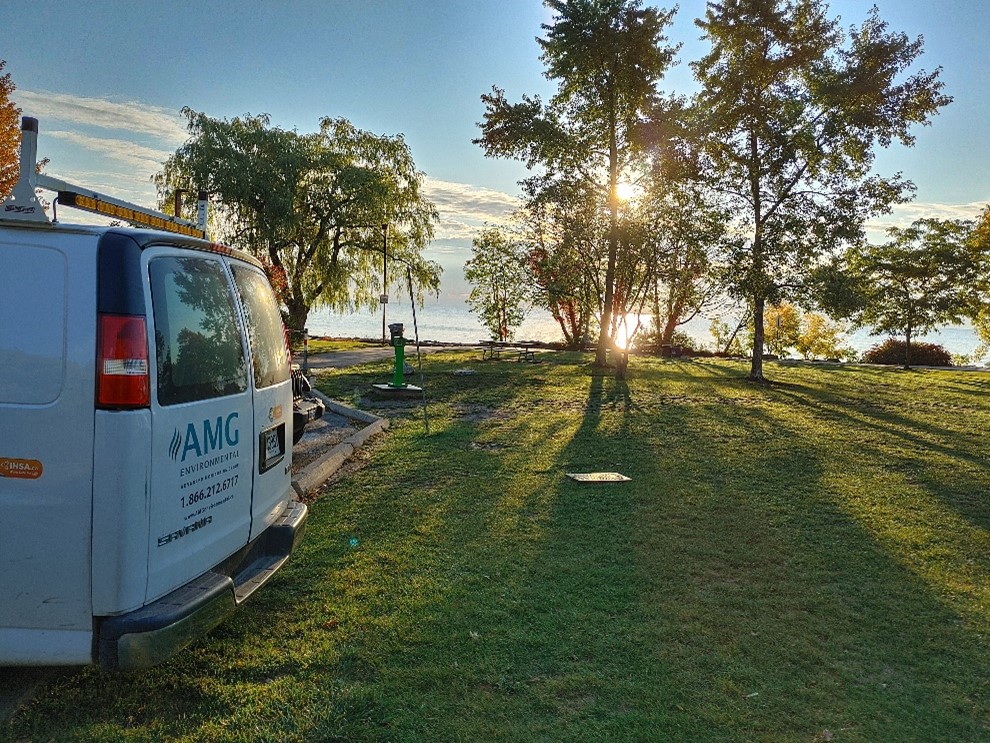
How you found this employment opportunity?
Though the job of a level one Environmental Flow Technician is tough, I found my co-op employment opportunity to be a good all-around experience. I come from a 14-year steel construction background and I found that my co-op experience had helped me learn to conduct myself more professionally by working in a formal setting and allowed me to experience a new industry within the environmental sector. AMG Environmental is an excellent employer with providing substantial training for the position I held and providing a friendly team oriented working environment. AMG also provide plenty of room for advancement within their thriving company.
What was your favorite part of the job? What aspects of your co-op inspired you to pursue further study or practice?
My favorite part of my job was travelling around Ontario and seeing many communities and sights that I have never seen before. I also enjoyed servicing sites in private sector industries, such as breweries, distilleries, and wastewater treatment facilities. This gave me the opportunity to ask a lot of questions and to learn more about how the industries are operated and issues they encounter within their operations. The aspect of my co-op that inspired me to pursue further study or practice, was working in a professional environment and being held accountable for my duties as a professional. Though I do not wish to pursue a career in sewer flow management, I do however, wish to pursue a professional or licensed title and hold a position where I am again held accountable for my decisions and actively involved with troubleshooting environmental problems and issues.
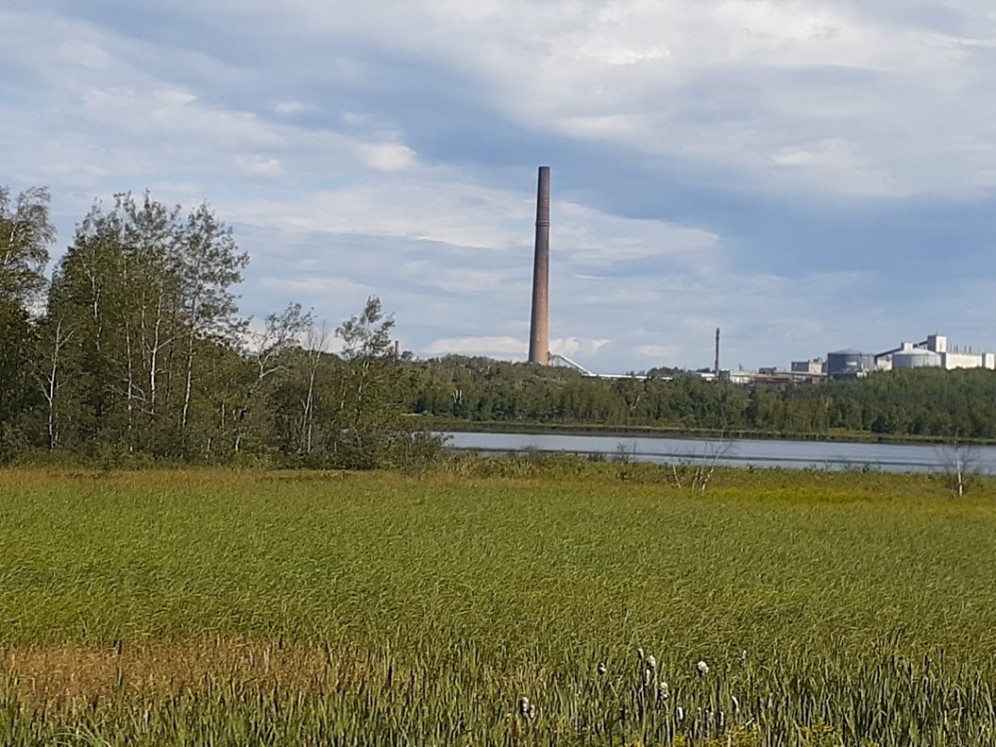
How do you feel co-op has added to your geoscience education?
I feel my co-op experience has added to my geoscience education in that my co-op exposed me to other aspects of hydrology and I have become versed with the various technologies used to monitor flow of various applications. I feel this knowledge will help me later with a potential career in resolving, assessing or monitoring environmental problems and issues.
What would you like to do once you have graduated? Having already graduated from the three year Environmental Technology program and once I have graduated the ERT program, I would like to pursue a career that is meaningful, that makes a positive difference in the environmental field, that is interesting, as well as, engaging and is a professional designation. If I choose to go onto to university, it would be to pursue a career as a geoscientist. If I do not go on to university, I will pursue a career as a Ministry of Environment Officer, or work from my current designation as an Environmental Technician with the Ontario Association Of Certified Engineering Technicians and Technologists (OACETT), to the designation of an Environmental Technologist, and then go onto becoming a Licensed Environmental Engineer.
